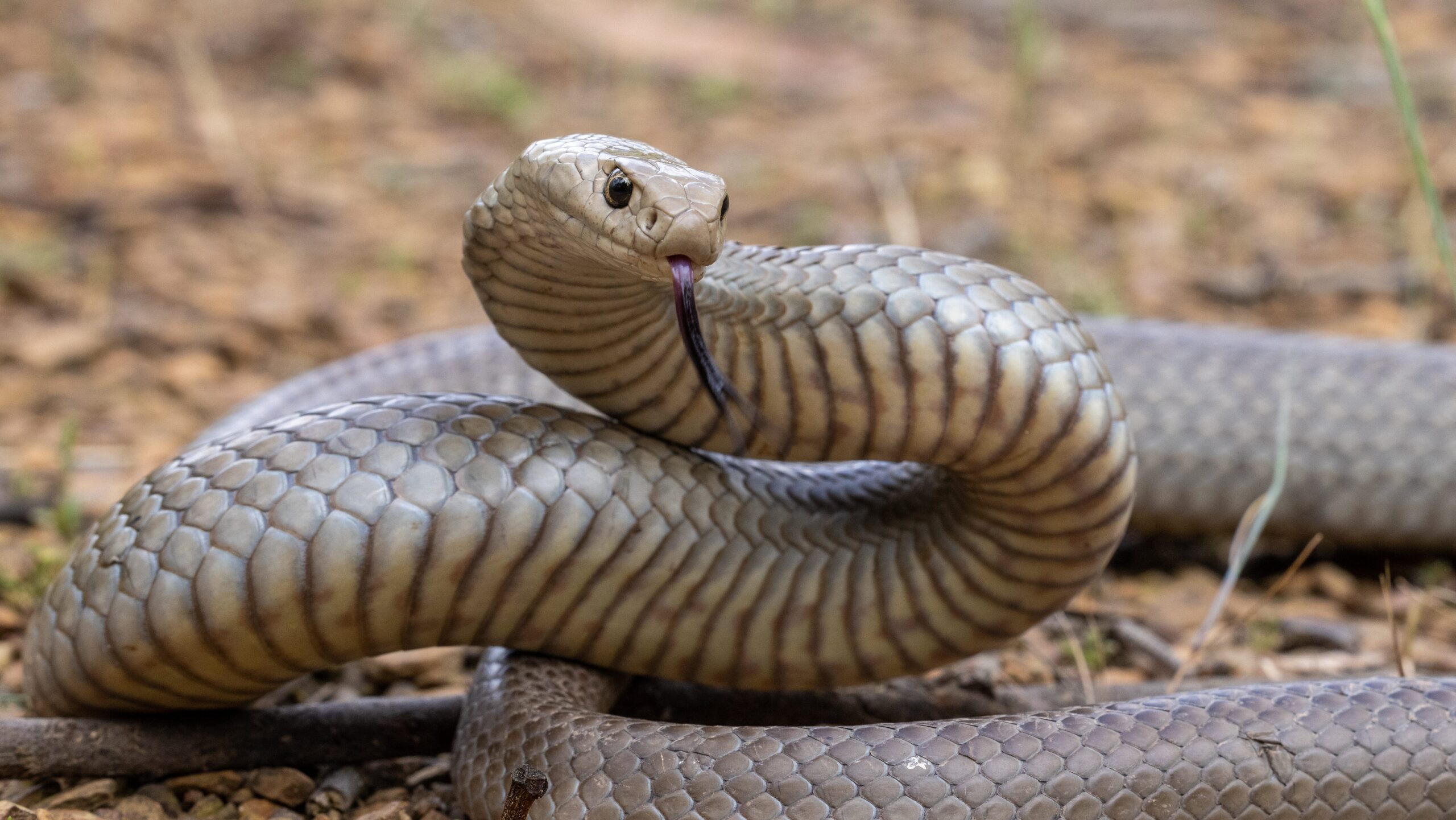Introduction
When it comes to poisonous snakes, Australia is home to some of the most interesting and hazardous species worldwide. Amongst these, the Tiger Snake stands out not only for its powerful venom but additionally for its appealing behavior. Comprehending the actions of venomous snakes like the Tiger Serpent is vital for both wild animals enthusiasts and those staying in locations where these serpents are present. This article explores different aspects of Tiger Snake actions, environment, recognition, precaution, and emergency treatment methods in instance of a snake bite.
Understanding the Habits of Venomous Snakes Like the Tiger Snake
The Tiger Snake, scientifically referred to as Notechis scutatus, is well-known for its hostile nature when threatened. These serpents show a series of behaviors that can be quite different from their non-venomous counterparts.
Characteristics of Tiger Snakes
The Tiger Snake is conveniently recognizable due to its unique bands or stripes that look like a tiger's markings. They can differ in color from yellowish-brown to dark olive or black. This pigmentation serves not only as camouflage yet likewise as a caution signal to potential predators.

Adaptability to Environment
One exceptional element of their actions is their adaptability to numerous environments. Found mostly in coastal areas, marshes, and marshes throughout Australia and Tasmania, they can thrive in diverse habitats consisting of metropolitan locations.
Hunting Techniques
Tiger Serpents are ambush killers largely feeding upon fish, frogs, and small creatures. They possess keen sight and an acute sense of smell which helps them in locating prey effectively.
Venom Composition
Their poison includes neurotoxins that impact the nervous system, causing paralysis or death in smaller pets. For people, immediate medical interest is vital after a tiger serpent bite because of its potentially dangerous effects.
Natural Habitat of Tiger Snakes
Preferred Locations
Understanding where Preventive Measures these snakes live clarify their behavior patterns. The tiger serpent habitat consists of:
- Coastal regions Swamps Grasslands Urban areas with plentiful water sources
Seasonal Movements
During warmer months, Tiger Snakes are much more active as they bask in sunlight or hunt for food. On the other hand, cooler months see them retreating right into hibernation sites.
Are Tiger Snakes Venomous?
Yes! The concern "are tiger snakes venomous?" often arises among those unfamiliar with this varieties. Their poison is considered among the deadliest amongst all serpent varieties worldwide.

Symptoms of a Tiger Serpent Bite
If bitten by a tiger serpent, signs might consist of:

- Localized pain Swelling at the bite site Nausea and vomiting Sweating and confusion
Immediate medical aid is important as untreated bites can lead to severe wellness problems or perhaps death.
First Help for Snake Bites: Quick Reaction Guide
Knowing just how to carry out first aid for a snake bite might conserve a person's life. Below's what you should do:
Step 1: Remain Calm
Keeping calmness aids slow down heart rate which reduces poison spread.
Step 2: Immobilize the Impacted Area
Keep the impacted limb still and listed below heart level if possible.
Step 3: Call Emergency Services
Always seek expert Have a peek at this website clinical help instantly after a serpent bite.
First Aid for Snake Bite Set Essentials
A well-equipped snake bite first aid kit must include:
- A compression bandage Antiseptic wipes A pair of scissors An ice bag
Safety Safety measures: Avoiding Snake Bites in Australia
Awareness Programs
Educating communities regarding neighborhood snake varieties and their actions can dramatically minimize experiences resulting in bites.
Avoiding Unsafe Areas
Staying away from lengthy grass during warmer months reduces contact with snakes that could be relaxing or Endangered venomous snakes Australia hunting.
Common False impressions Concerning Tiger Snakes
Many individuals think misconceptions about the behaviors of tiger serpents cause unneeded fear. Below are some clarifications:
Myth 1: All Tigers Are Aggressive
Not all tiger snakes will certainly show hostility if left undisturbed; numerous choose taking off rather than confrontation.
Myth 2: They Chase Humans
Tiger snakes do not proactively chase humans; they may strike when they really feel threatened however will generally pull back if given space.
Conservation Initiatives Related to Poisonous Snakes
Conservation efforts focus on educating communities regarding protecting regional wild animals while reducing human-snake interactions.
Importance of Ecosystems
Understanding that venomous snakes play an important duty in keeping environmental equilibrium assists foster gratitude instead of fear towards them.
FAQs Concerning Tiger Snakes
What should I do if I experience a tiger snake?- Maintain distance and slowly retreat without sudden movements.
- While attacks aren't very typical as a result of understanding efforts, they still happen each year within Australia.
- Baby tiger snakes can deliver complete dosages of venom in spite of being smaller sized; hence caution is suggested around them.
- They primarily take in frogs, fish, small mammals like rodents, and various other reptiles.
- It's illegal in a lot of territories without proper licensing because of security issues regarding their venom.
- Wear strong boots and stay on significant routes; look prior to putting hands or feet into hidden rooms like rocks or logs.
Conclusion
Understanding the actions of poisonous snakes like the Tiger Serpent not only enhances our understanding yet additionally advertises safety and security awareness amongst those living near their environments. From identifying their attributes, understanding emergency treatment protocols adhering to a bite, through engaging conservation initiatives-- every aspect plays a crucial function in promoting coexistence with these remarkable reptiles while valuing their place within our ecosystem.
As we strengthen our understanding through education and learning and experience, we contribute positively towards ensuring both human safety and security and wildlife conservation-- benefitting all celebrations involved!